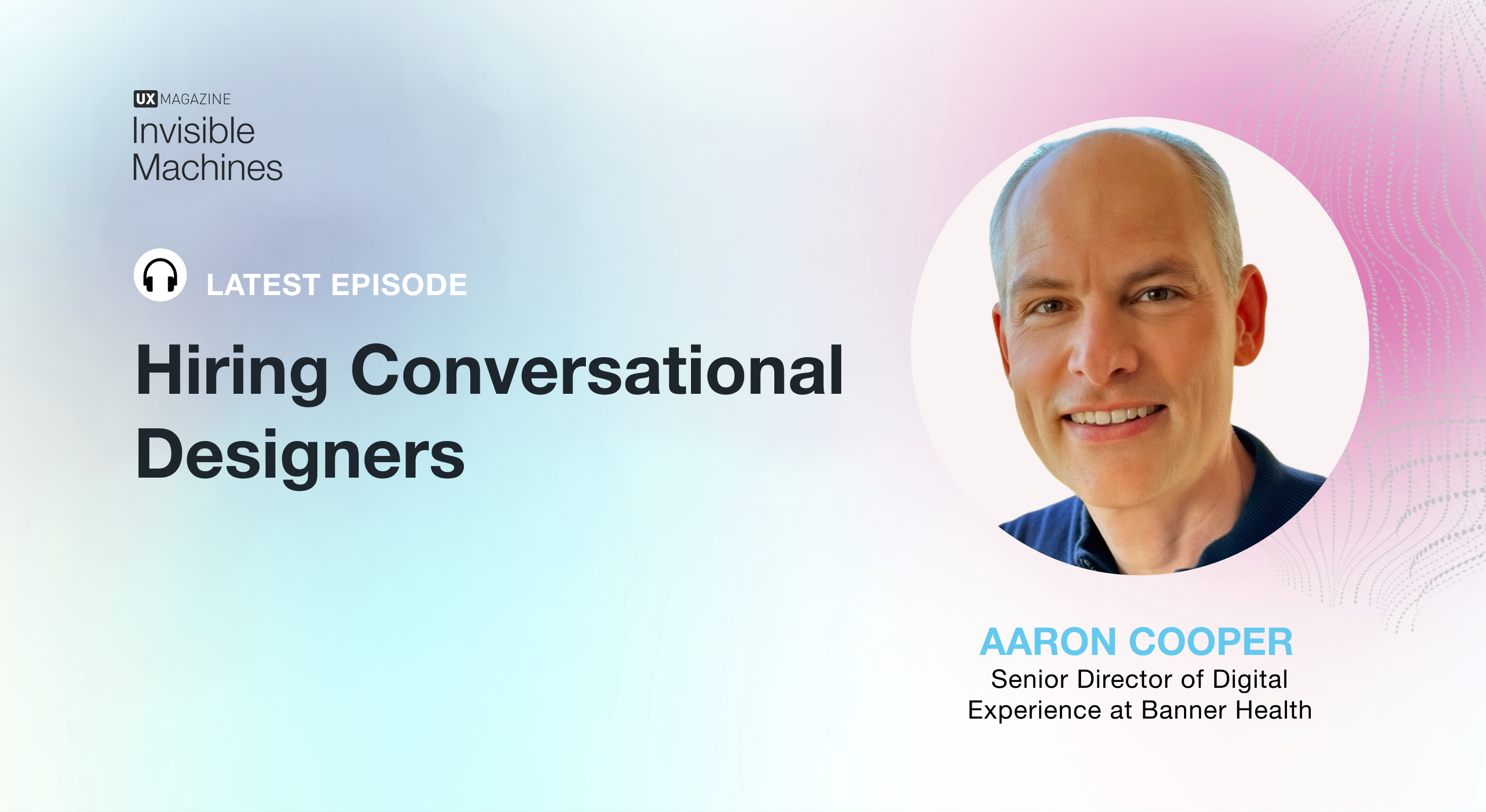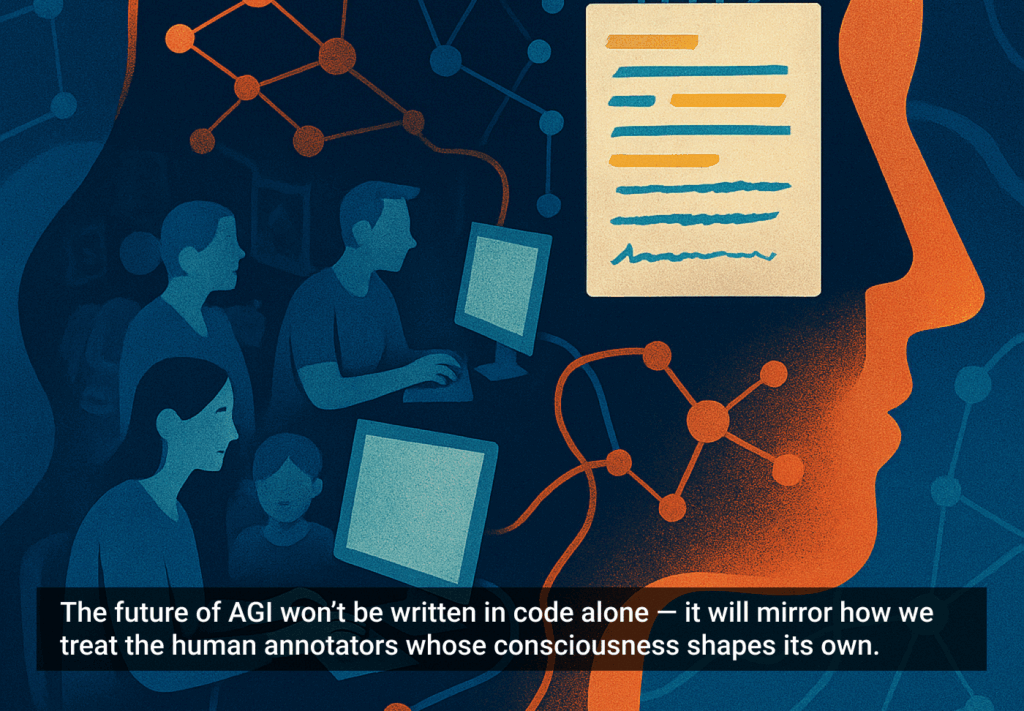Aaron Cooper, Senior Director of Digital Experience at Banner Health, has led the creation of multiple products involving conversational AI at companies like Honeywell and Optum Health. In this practical episode of Invisible Machines, he opens up about what he’s looking for when hiring conversational design talent and how he makes sure key people within his organization are partners in design.
This episode also features a special guest host: Elias Parker, the executive producer of the book, Age of Invisible Machines, and of the Invisible Machines podcast. An ethnographer by training, Elias has been working with UX practitioners for more than a decade and has hired over 200 researchers and designers across disciplines. Elias joins Josh for an engaging conversation with Aaron Cooper that is an excellent resource for folks on both sides of the hiring equation in the realm of conversational design.
Check out the episode here.








